

Are you looking for the best sensors for your Garmin devices? You have come to the right place! In this article, we will introduce you to the most popular and efficient Garmin brand sensors, so you can find the one that best suits your needs.
Garmin sensors are designed to improve the performance, accuracy and comfort of your sports activities. With them, you will be able to get detailed data about your heart rate, speed, distance, cadence and much more. In addition, they are compatible with a wide variety of Garmin devices, such as sports watches, cycling computers, GPS and mobile applications.
In this guide, we’ll explain everything you need to know about the main types of Garmin sensors: heart rate sensors, speed and cadence sensors, power sensors, and temperature and altitude sensors. We will offer you a detailed comparison of each of them, so that you can choose the one that best suits your needs and budget.
So if you are an athlete, a cyclist, a runner or simply someone looking to improve their physical condition, we invite you to continue reading and discover the best Garmin sensors on the market.
What are Garmin sensors and how do they work?
Garmin sensors are devices that are attached to your body or bike to collect data to improve your training or overall health. These devices are mainly used by runners, cyclists and swimmers, but there are also specific sensors to monitor daily activity and general health.
How Garmin sensors work
Garmin sensors use different technologies to collect data. For example, the heart rate sensor uses a heart rate monitor that is worn in the chest area to measure heart rate. The speed and cadence sensor, on the other hand, uses a magnet and a sensor to measure speed and cadence as you pedal. The temperature and altitude sensors respectively measure the temperature and altitude you are at. All this data is collected and sent to your Garmin device, whether it’s a smartwatch or a cycling computer, so you can analyze it and improve your training or your health.
Garmin Sensor Comparison: Which One is Best for You?
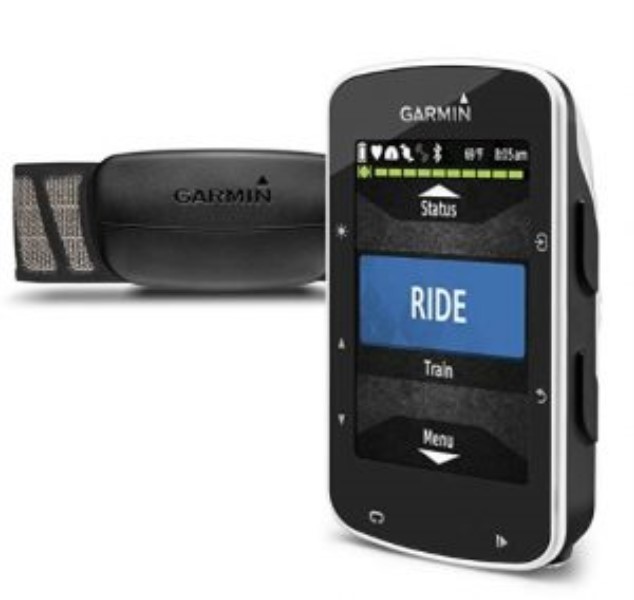
Garmin is known for offering a wide range of sensors for sports devices, from heart rate sensors to speed and cadence sensors, and much more. However, with so many options available, how do you know which one is best for you? Here we offer you a comparison of the different types of Garmin sensors and their characteristics.
heart rate sensors
These sensors measure your heart rate in real time, allowing you to train in the right zone to achieve your training goals. There are two types of Garmin heart rate sensors: those worn on the chest and those worn on the wrist. Chest sensors are usually more accurate, but can be uncomfortable to wear. Wrist sensors are more comfortable, but may offer less accuracy.
Speed and cadence sensors
These sensors measure the speed and cadence of your cycling movements, allowing you to measure your performance and adjust your training accordingly. Speed sensors are placed in the wheel hub, while cadence sensors are placed in the pedal. These sensors are often more accurate than the ones that measure speed and cadence in your Garmin device’s GPS.
Running dynamics sensors
These sensors measure the way your body moves as you run, including vertical oscillation, ground contact time, and more. This data can help you improve your running technique and reduce the risk of injury.
Before choosing a Garmin sensor, consider your training goals and the type of activity you do most often. With this comparison, you will be able to choose the best sensor for you and get the most out of your workouts.
Tips to calibrate Garmin sensors correctly
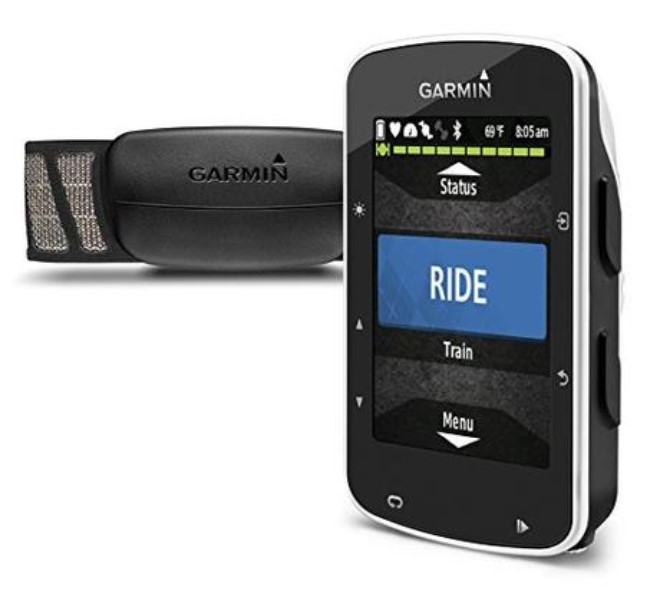
Calibrating Garmin sensors is essential to getting accurate measurements and making sure your workouts are effective. Here are some tips to correctly calibrate your sensors:
Check the location of the sensor
The first step to properly calibrating your Garmin sensors is to make sure they are positioned correctly. For example, if you are calibrating the speed sensor on your bike, you need to make sure that it is located on the correct wheel and that it is installed correctly. If you are calibrating the cadence sensor in your shoes, make sure they fit correctly and the sensor is installed correctly.
Perform the calibration in an environment similar to your training
It is important to calibrate your sensors in an environment similar to your workouts to get accurate measurements. For example, if you are calibrating the speed sensor on your bike, you should do it on a flat surface with a slope similar to that of your usual training routes. If you’re calibrating the cadence sensor, make sure you do it on a flat surface and at a pace similar to your regular workouts.
Calibrate your sensors regularly
It is important to calibrate your sensors regularly to ensure that the measurements are accurate and up to date. For example, if you use your sensors frequently, you should calibrate them at least once a month. If you use them less frequently, you can calibrate them every two to three months.
Common problems with Garmin sensors and how to fix them
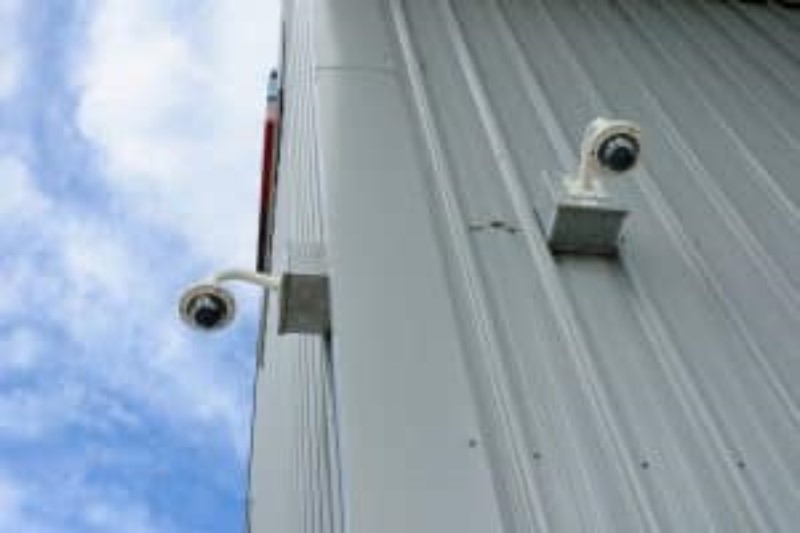
Sensor does not pair with the device
If you’re having trouble pairing your Garmin sensor with your device, make sure Bluetooth is turned on on both the sensor and the device. Also, check that the sensor is positioned correctly and within the range of the device. If you continue to have problems, try restarting the sensor and/or your device.
Data accuracy is inconsistent
It is important to correctly calibrate your Garmin sensors to obtain accurate data. Be sure to follow the manufacturer’s instructions for proper calibration of your sensor. If you still find inconsistencies in your data, check if there is any interference in the environment that could affect the accuracy of the sensors.
The battery drains quickly
If your sensor runs out of battery quickly, make sure you have the latest firmware installed on your sensor. Try to turn off the sensor when you’re not using it to preserve its useful life. In the event that the battery continues to drain rapidly, you may need to change the battery in your sensor.
The sensor shows incorrect data
If your sensor shows incorrect data, you may need to reset it. Try doing a factory reset by following the manufacturer’s instructions. If this does not solve the problem, check that the sensor location is correct and that there is no interference in the environment. In case the problem persists, you may need to contact Garmin technical support for further solution.
How to connect and pair Garmin sensors with your device
Garmin sensor connection and pairing
Connecting and pairing Garmin sensors with your device is essential to ensure that data collection is accurate and that you can seamlessly track your workouts. To connect and pair your sensors, follow these simple steps:Turn on your Garmin device and make sure wireless connectivity is turned on.Open the Garmin Connect app on your device and select the “Add Device” option.Scan the available sensors and select the you want to pair. Follow the onscreen instructions to complete the pairing process.
stay connected
To maintain the connection between your Garmin sensors and your device, make sure wireless connectivity is turned on at all times during your workout. If you experience connection interruptions, try bring your sensors and device closer, or remove any obstacles that may interfere with the signal.
Disconnecting Garmin Sensors
If you want to disconnect a Garmin sensor from your device, follow these simple steps:Open the Garmin Connect app on your device and select the sensor you want to disconnect.Select the “Disconnect” option and follow the on-screen instructions to finish the process.With Following these simple steps, you’ll be able to seamlessly connect, pair, and disconnect your Garmin sensors, allowing you to collect accurate data and effectively monitor your workouts and progress.
Analysis of the data collected by Garmin sensors in your training
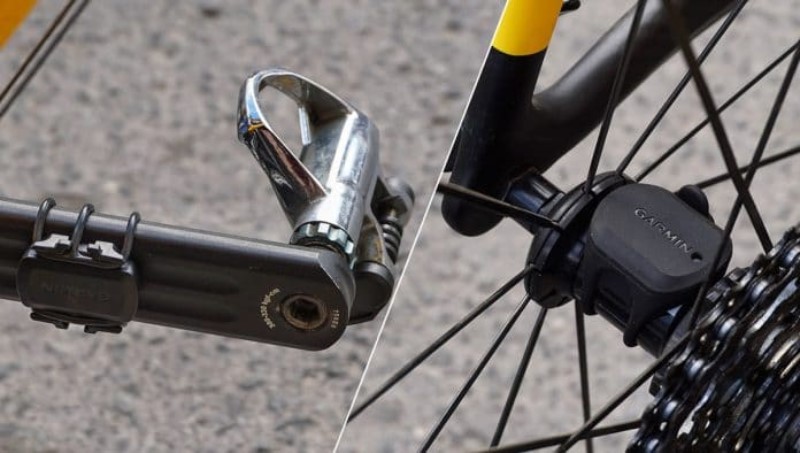
Garmin sensors are very useful tools to monitor your workouts and obtain precise data about your performance. Some of the data you can get with Garmin sensors include distance traveled, speed, heart rate, cadence, and power. By combining this data, you will be able to get a complete picture of your training and make more informed decisions about your training planning.
Interpretation of data from Garmin sensors
To get the most out of the data collected by Garmin sensors, it’s important to know how to interpret it. For example, speed and distance let you know if you’re improving in your runs, while heart rate and power give you valuable information about your cardiovascular and muscular performance. It is important to pay attention to your data and take notes so that you can compare and track your progress from one training session to the next.
How to use data to improve your training
In addition to helping you assess your progress, the data Garmin sensors collect can also be used to improve your training. For example, if you notice that your heart rate is too high during a workout, you may need to reduce the intensity to avoid burnout. If you’re trying to improve your speed, you could use your cadence data to adjust your running technique and improve your efficiency. In general, Garmin sensors can help you identify areas for improvement in your training and make more informed decisions about your training planning.
Using Garmin sensors to monitor your general health and well-being
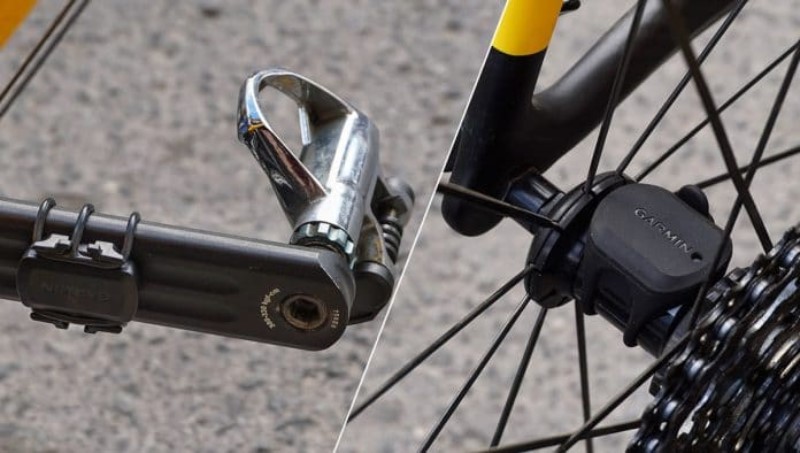
Garmin sensors are not only useful for monitoring your workouts, but they can also help you monitor your overall health and well-being. Here are some ways you can use the sensors:
sleep monitoring
Some of Garmin’s sensors can track your sleep, letting you know the amount of time you spend in each stage of sleep. They can also give you information about the quality of your sleep, including when you wake up at night.
stress management
Some of Garmin’s sensors have stress management capabilities by measuring your heart rate variability (HRV). This information can help you identify situations that cause you stress and take steps to reduce it.
Daily Activity Tracking
Some of Garmin’s sensors are also designed to monitor your daily activity, such as the number of steps you take or the calories you burn. This tracking can help you reach your daily physical activity goals.
Female health monitoring
Some of Garmin’s sensors include female health monitoring features, allowing you to track your menstrual cycle and other factors related to women’s health.
